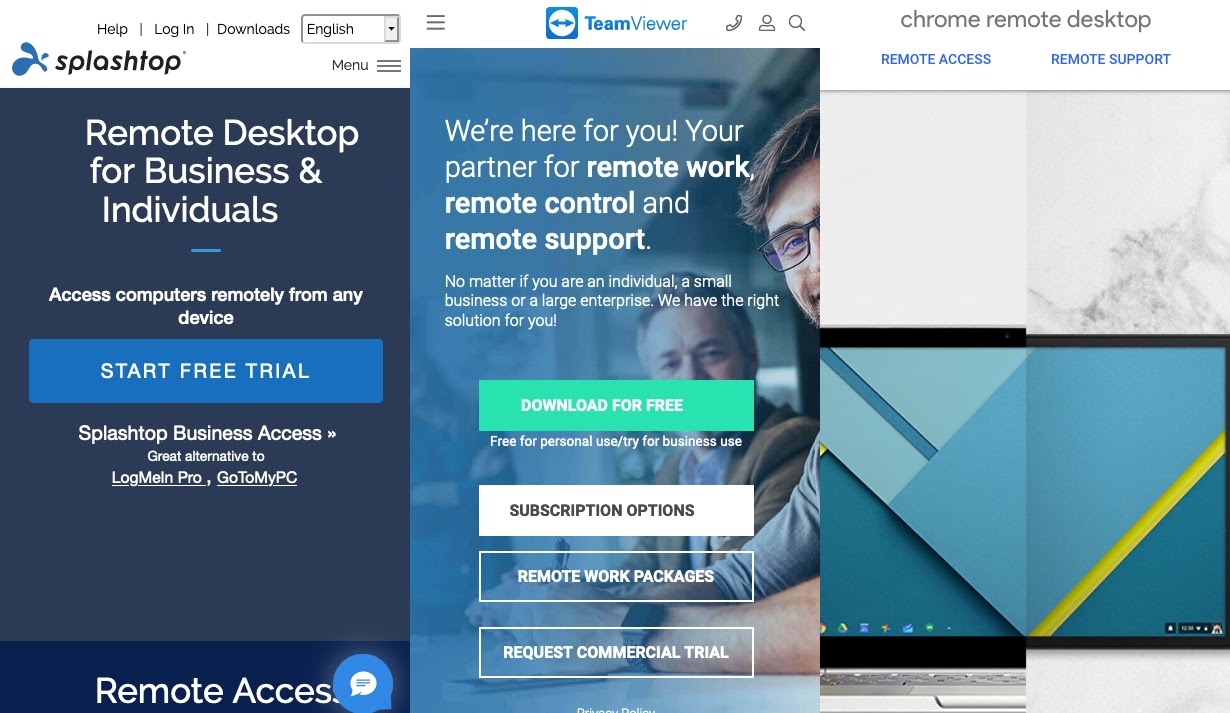Anydesk Mouse
Both clients can set Permissions prior to or during a session. The incoming client is being viewed and controlled.Next to the session permissions available in the accept window on the incoming client and the session settings of the Main window of the outgoing client during session,standard permissions are set in the security tab of the settings for each client. See also: Session Recording and Session Settings.
Accept Window
Anydesk Mouse Right Click
The best alternative I've found, is called: AnyDesk. Just like TeamViewer and VNC, you need to install a server/client on your computer and a client on your phone. Well, without further ado Install It! Go to anydesk.com and download the server/client app for you computer, you should also download the Android/IOS app for your phone. Security improved for configurations with AnyDesk service installed. Remote mouse cursor shape: Fixed bug when remote mouse cursor has a wrong shape when using specific applications. Important - end of support for macOS 10.10 (Yosemite). Connect to a computer remotely, be it from the other end of the office or halfway around the world. AnyDesk ensures secure and reliable remote desktop connections for IT professionals and on-the-go individuals alike.
When a session to a device is requested, an accept window appears displaying available permissions to be granted or denied.After selecting the desired permissions to be granted, the session is started by accepting.
Anydesk Mouse Pointer

Session permissions available in the accept window:
- Mouse & Keyboard
- Clipboard Sync
- File Manager
- Sound
- TCP-Forwarding
- Lock Screen after the session ends
- Session Recording
- Whiteboard
Anydesk Mouse Not Working
Security Settings
Anydesk Mouse Scroll
The security settings distingish after session type.
Next to the standard permissions, you may choose to overwrite permissions for unattended access
to have its own set of settings.
- hear my output
- control my computer's keyboard and mouse
- access my computer's clipboard
- lock my computer's keyboard and mouse
- restart my computer
- use the file manager
- lock desktop on session end
- request system information
- print out my documents on their printer.
- draw on computers' screen.
- create TCP-tunnels.
- enable privacy.
- show a colored mouse pointer when physical input is forbidden
